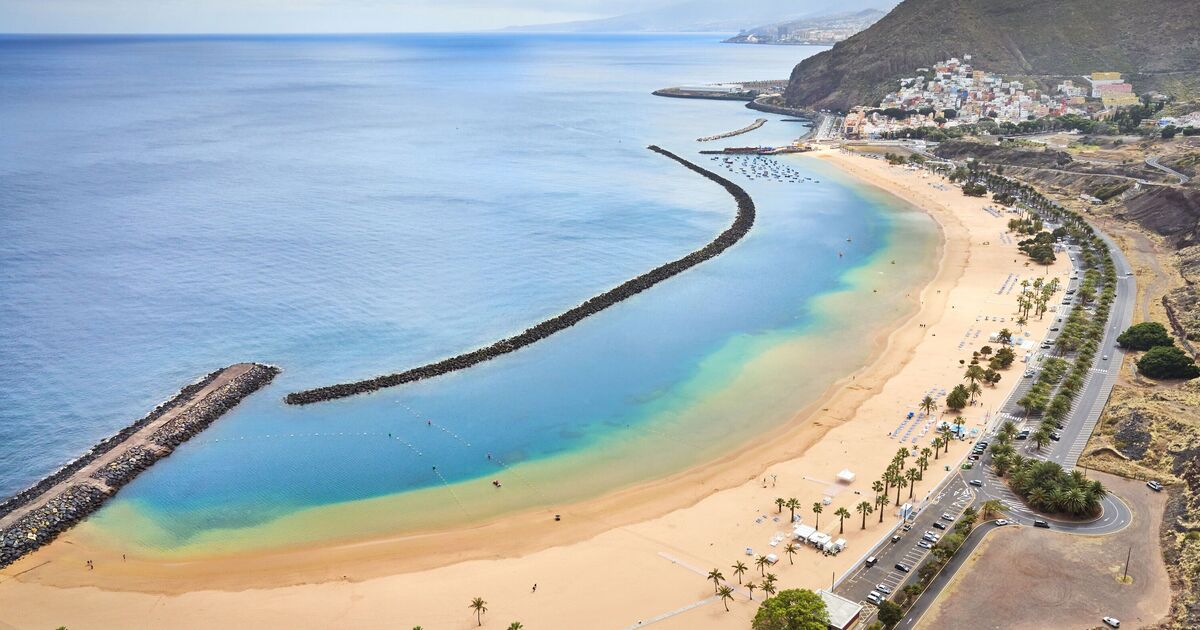A groundbreaking £670 million South Tenerife Railway project is set to transform travel across the island, slashing journey times and easing traffic congestion between two of Tenerife’s most popular towns, Costa Adeje and San Isidro.
The announcement by Tenerife’s Cabildo President, Rosa Dávila, marks a major step forward, with the first phase of the project expected to be operational by 2031.
The new railway is designed to dramatically cut travel times between key destinations in the south of Tenerife, offering an efficient alternative to the heavily congested TF-1 motorway.
Currently, more than 125,000 vehicles use the motorway daily, causing severe delays.
The railway could eliminate up to half a million car trips each day, with fast train services reducing commutes that often take over an hour by car to a fraction of the time.
Dávila described this progress as a “point of no return” and said that the project would both ease traffic and reduce CO2 emissions.
“This railway will save valuable time for residents and tourists alike, improving quality of life and making the region more accessible,” she added.
The first priority section of the railway will link Costa Adeje and San Isidro, with stops at major hubs like Tenerife South Airport, Los Cristianos port, and El Mojón hospital.
The system is designed to accommodate over 20 million passengers annually, providing faster, reliable alternatives to road travel in one of Spain’s busiest tourist regions.
Once construction begins, which could happen during the current government term, it is expected to last around four years.
With the line completed by 2031, passengers could enjoy swift, direct commutes that bypass the notorious TF-1 traffic jams.
The updated Environmental Impact Study, budgeted at €68,500, will be completed within eight months, allowing the project to move ahead.
The South Tenerife Railway, which has faced delays since 2019, is finally gaining momentum.
With support from both the Canary Islands and Spanish governments, the railway will be integrated into Spain’s General Railway Network, which could attract additional European funding.
Once completed, the train line is expected to significantly reduce travel times and enhance accessibility to major economic hubs in Tenerife’s south.







